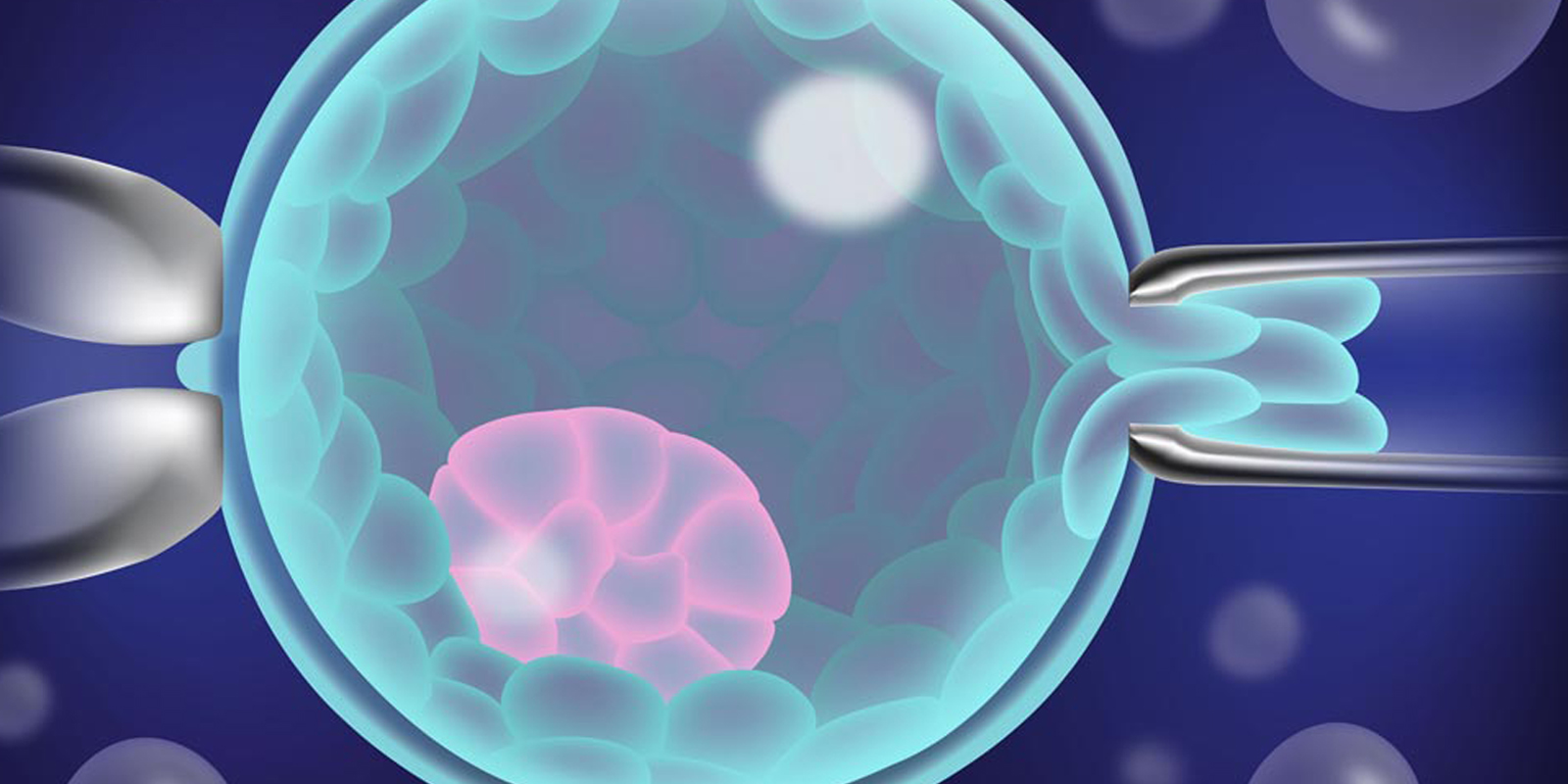Sex selection, sometimes known as gender selection or family balancing, is the process of determining the genetic sex, male or female, of each embryo created through in vitro fertilization (IVF).
The sex identification of embryos is done using preimplantation genetic testing (PGT), which involves taking a few cells from an embryo as it develops in the lab, and determining the sex, boy or girl, of the embryos through genetic analysis.
There are a variety of reasons, both medical and personal, that people may opt to select the sex of their child.
What is sex selection with IVF?
This is the process of a couple or individual choosing the genetic sex of the child, boy or girl, by testing the embryo(s) created through IVF before one is implanted in the uterus. Sex selection is only possible using IVF embryos.
The term sex selection is preferable to the past term of gender selection. Gender is increasingly known as how a person identifies sexually. Whereas a child’s sex is a genetic identification of an inherited male XY chromosome pairing or a female XX chromosome pairing.
Preimplantation genetic testing (PGT)
Is sex selection right for me?
Men and women seek to select the sex of their embryos for a variety of personal, cultural or medical reasons. These reasons may include the following.
Medical reasons
Hopeful parents may use sex selection to prevent the birth of children affected by certain sex-linked genetic diseases such as hemophilia, muscular dystrophy and fragile-X syndrome. Sex selection allows couples to choose female or unaffected male embryos in order to prevent the risk of these genetic disorders in their children.
Family balancing
Patients may be interested in selecting the sex of their child to “balance” the number of girls or boys in their families. Sex selection can help ensure a family has children of both sexes. If they only wish to have one child, it can help them have the girl or boy they desire.
Personal reasons
Patients may also opt to select to have a boy or a girl for other personal reasons. For example, it is not unusual for a mother to want a girl or a father to want a son. Ultimately, all reasons to utilize sex selection, including nonmedical ones, are valid to the parents who use it to build their families.
How the process works
Testing the cells of a fertilized egg (embryo) shows its chromosomal makeup. Then, only an embryo of the desired sex is transferred into the uterus.
Any remaining healthy embryos that are not transferred can be cryopreserved (frozen and stored) for future use. They can also be donated to another couple, donated for scientific research or destroyed (see ethical concerns below).
Sex selection for past or current fertility patients
For those seeking fertility treatment and undergoing IVF with PGT already, the option of selecting the child’s sex is a bonus available from the genetic evaluation of the embryo. These current IVF patients, as well as past patients who have eggs or embryos in cryostorage for a future pregnancy, may also want to consider sex selection.
It is also possible for a couple that has no infertility problems to want to pursue IVF in order to select their child’s sex.
When using frozen embryos
In addition, Lifesure Fertility offers the selection of sex for cryopreserved embryos. Through this process, available at only a few IVF programs in the country, embryos that have been frozen can be thawed and tested to determine if they are genetically healthy male or female embryos before being used with IVF.









